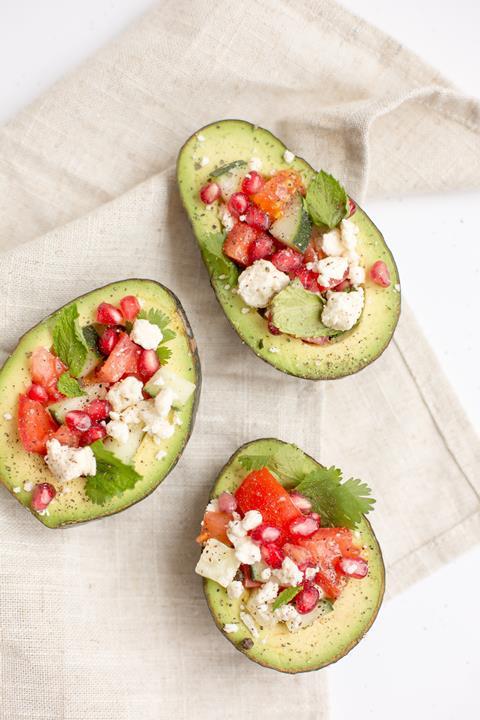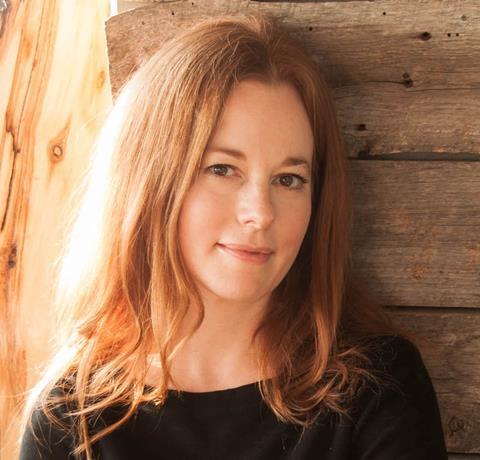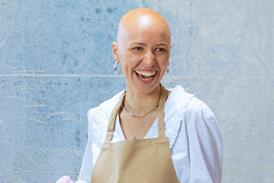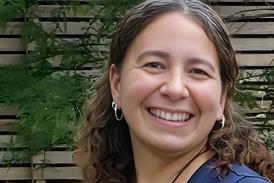Nutritionist Clare Backhouse explains the ways we can receive healing through prayer, medicine and understanding our own body’s unique needs

When I was a child, I believed physical healing happened in two ways: through the hands of a doctor or a supernatural work of God. At that time, I thought ‘doctor healing’ happened all the time, and ‘God healing’ hardly ever happened.
My beliefs have changed radically since then. I’ve now seen for myself that God heals frequently and I believe his miracles are meant to be part of normal life. But I’ve also discovered a third kind of healing, which had never occurred to me before.
This healing isn’t through drugs or surgery. It’s much simpler than that. It’s a ‘whole person’ healing that begins when we learn to read our own individual body carefully, and simply supply what it needs. This might mean changing the kind of nutrients in our diet, changing how or when we eat, or changing some lifestyle habits.
This ‘whole person’ healing works because our bodies are so well-made. It is amazing how often we recover when we’re supplied with the nutrients we uniquely need.
A change of direction
It took me a long time to stumble across ‘whole person’ healing because I started out as an academic historian, with no interest in health at all. I had always been drawn to history and communication, and always been an explorer. Eventually, I completed a PhD in Art History at a world-renowned institute.
The path to the PhD was strewn with clear leading, so I assumed that academia was the path I was meant to pursue. Teaching at another prestigious university in London was speedily followed by a book deal to publish my thesis.
But soon I was forced to stop and reconsider. It all started with insomnia, low mood, fatigue and brain fog. I saw a GP, but didn’t want to take the recommended anti-depressants and sleeping pills because of their side effects. And sadly I didn’t understand that my ‘slightly unbalanced’ thyroid blood test was in fact a huge red flag telling me that something much larger was wrong.
At my wits end, I decided to try seeing a nutritionist called Emma, a Christian friend-of-a-friend. To my surprise, she knew exactly what to do and even had an explanation for why I had become ill. After two months I was sleeping like a baby, with no side effects. I was completely amazed.

Emma did warn me that there was likely an underlying gut problem and, sure enough, in a year or so I was back in her office with persistent gut pain.
Triggered by a house move, deep grief over my father who had suffered a life-changing stroke, and a badly timed bout of flu, I was becoming increasingly ill and exhausted.
My coping mechanism was to stay at work and ‘try harder’, but all I achieved was more exhaustion, until I found myself sleeping almost right the way through the day and night: day after day and night after night. Something was very wrong.
I was forced to stop work and focus on recovery. This was when I realised that everything had to change.
Nutritional intervention
Between sleeps, I began to face the fact that I didn’t enjoy my job and that I didn’t love being an historian. When I used to meet my students in tutorials, I cared far more about their personal wellbeing than their prose style.
With Emma’s support, my recovery progressed and I started to read about how and why her nutrition interventions were working. I was fascinated.
As my convalescence continued, however, sadly my father remained very ill. I began to help my mother sort through his possessions. I found paper trails from projects he’d completed and relationships he’d nurtured, and began to wonder: what will I leave behind me, when the time comes? Do I want it to be a selection of academic texts? Or could it be… people who get well?
I also noticed that I was inexhaustibly interested in health. With history, I had a limit. But about nutrition and everything to do with healing, I wanted to talk forever.
This required some conversations with God. Why had I taken the time, trouble and expense of a PhD in History if I now cared about nutrition so much more? Had I heard him wrong?
Eventually, I realised that while I didn’t have clear logic for the future of my ‘historian life’, I certainly did have a clear vision about human health. And I wasn’t married to academia! So after a time of discernment, and an unexpected (yet perfectly timed) financial gift – I retrained as a nutritionist.
This took me to the renowned Institute of Optimum Nutrition in London, where, after foundational studies in chemistry and biology, I trained for three years.
Becoming a nutritionist
Soon after, I opened my clinical practice. And ever since, it has been my privilege to witness ‘whole person’ healing almost every single day.
How does it work? Well, it takes a little time, but it’s well worth it.
First, I take a detailed case history, and consider why my client is suffering with the symptoms they have. Second, I consider what underlying needs my client might have, and what practical things they could do. Third, I collaborate with my client as to which of those practical things are most do-able for them, and we create a health plan together: a short list of clear, practical tasks based on food, lifestyle and nutrients.
For example, I might see five clients with Irritable Bowel Syndrome, with five completely different causes, and five completely different lifestyles in the background. So each client gets a health plan specifically tailored to them. No two are the same.
In this way, I don’t focus on ‘the disease’ but instead focus on the person. I work on the joyful assumption that, most of the time, our bodies will tend to revert to health – and often with remarkable speed.
Getting the connections right
I love to see miraculous healing and I love to see surgical healing; I believe this ‘whole person’ healing works well alongside them both.
Do we need all of these types of healing? In my experience, it’s been a case of asking Jesus how he wants to heal, and just keeping in step. For example, after a simple prayer, I witnessed someone healed of extreme hay fever overnight. I then prayed for one of my clients with the same problem and nothing happened; but after some simple diet changes, he was healed after a fortnight. Both events produced people who felt free to live their lives again.
As my nutritionist friend Emma says, when someone needs healing, God seems to like bringing people around them. Whether in prayer, practical support or around the surgeon’s table, healing is always about connection and restoration: to God, with others and in ourselves.

For more information, contact Clare through her website: transformationnutrition.org



























